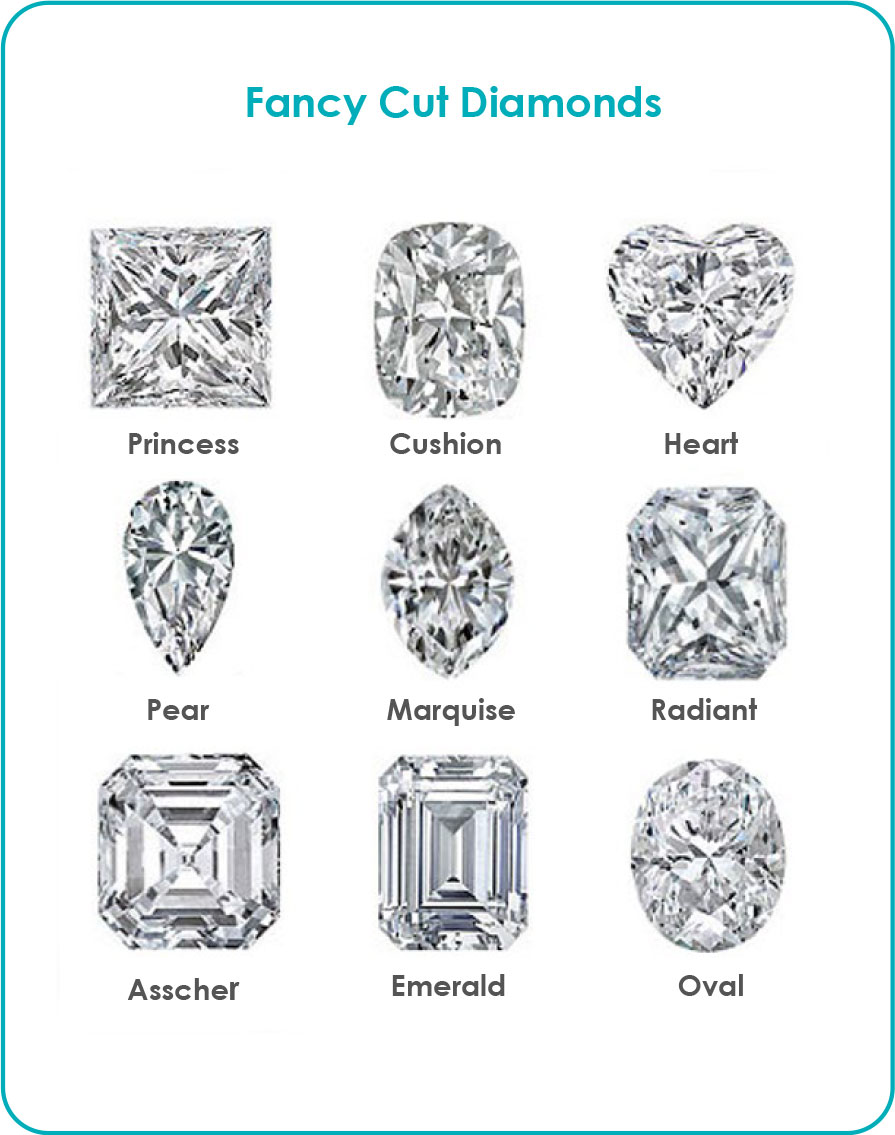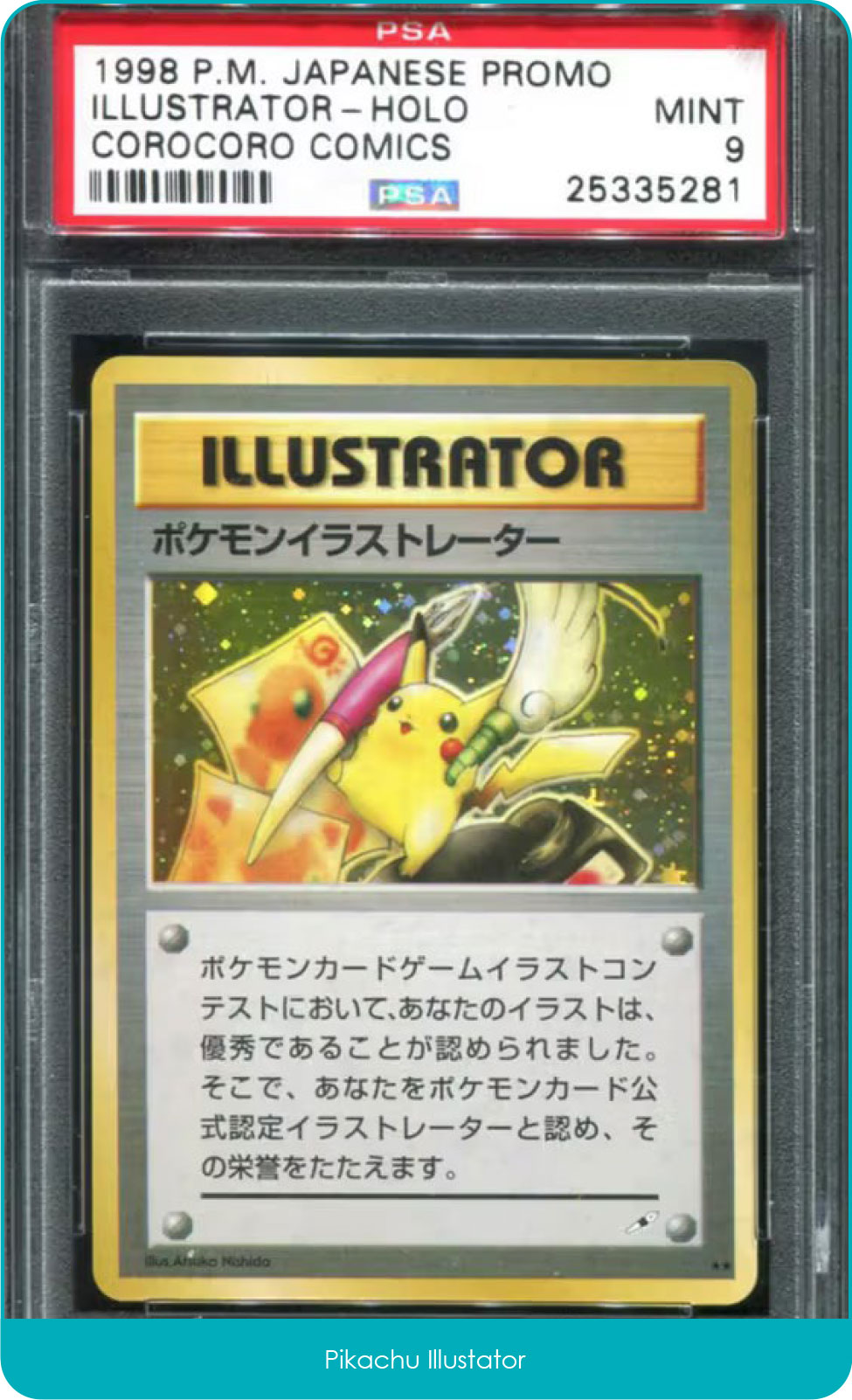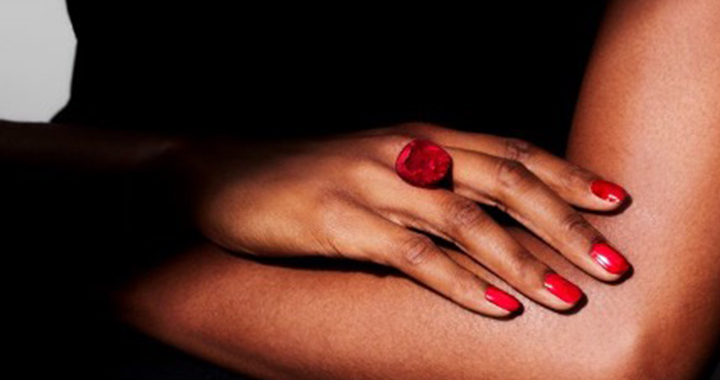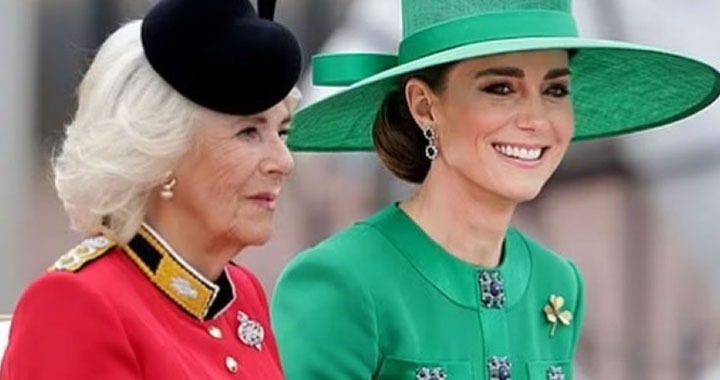Jane Birkin was a British-French actress, singer, and model. She was born in Marylebone in 1946 and moved to France in the 1960’s. She gained international fame for her role in the film ‘Blowup’ and is also known for her collaboration and relationship with French singer Serge Gainsbourg, with whom she recorded the iconic song ‘Je t’aime… moi non plus’. She had a successful career in music, film, and fashion, and was an influential figure in popular culture. In addition to her acting and musical credits, by a chance encounter, she lent her name to the Hermès Birkin handbag, the most iconic and sought-after luxury handbag in the world.

The Birkin bag was created by the French fashion house Hermès in 1984 and came into existence after Jane Birkin sat next to Jean- Louis Dumas, the then-CEO of Hermès, during a flight from Paris to London.

A Chance Encounter
Birkin had been upgraded to first class on an Air France flight and found herself sitting next to Dumas. Having just had her handbag destroyed by her then husband Jacques Doillon, she doesn’t recall which handbag she had decided to travel with that day. However, it was at the beginning of the journey, when trying to fit her bag in the overhead compartment that all the contents fell out. As she scrambled to collect her possessions, the gentleman next to her suggested that she should have a handbag with pockets, to which she replied, “The day Hermès makes one with pockets I will have that.” And he said: “But I am Hermès, and I will put pockets in for you.”

Birkin went on to suggest they make a handbag that is bigger than the Kelly but smaller than a suitcase. They went on to design it by roughly sketching the design on an in-flight sick bag! Once completed Dumas promised to create it, saying, “I’ll make it for you.”
In 1984, Dumas created a black supple leather bag for her: the Birkin bag, based on her design.
Birkin later went to Hermès to purchase the result of her in-flight special order, and Dumas gifted her the bag in exchange for her lending her surname to christen the design. She said she was very flattered to have the handbag named after her. Hermès later paid her £30,000 a year in royalties for using her name which was then passed on to her nominated charities. Jane Birkin loved her bag and decorated the straps with beaded bracelets, a miniature harmonica, and even a Hermès watch. About the watch, she said: “I don’t like to wear them, but sometimes you need the time.”

Birkin once commented that “Now when I go to America to sing, they say, ‘Birkin? Like the bag?’” I say, “Yes indeed: and the bag will now sing.”
The Birkin Bag
The Birkin bag is known for its classic and timeless design. Featuring clean lines and minimal hardware, it is a structured, rectangular tote bag that is available in various sizes, colours, and materials, including leather, exotic skins, and special limitededition versions. It is meticulously handcrafted by skilled artisans at Hermès workshops. The construction process is labour-intensive and can take several days to complete, ensuring exceptional quality and attention to detail. Due to this timely construction, it is renowned for its exclusivity and limited availability. Hermès restricts the number of bags produced each year, leading to high demand and often long waiting lists for customers wishing to purchase one.

The Birkin bag is considered a symbol of luxury and status. Its high-quality materials, craftsmanship, and prestigious brand association contribute to its premium price tag, often reaching anywhere from tens of thousands of pounds to hundreds of thousands for rare and unique examples. Due to its association with Jane Birkin, it is also extremely popular with celebrities and fashion icons. This further elevated its status as a fashion statement and investment piece.

The Birkin bag’s desirability and limited supply have contributed to a thriving resale market. Pre-owned Birkin bags not only retain their value very well but often appreciate over time, making them an attractive investment for collectors and fashion enthusiasts. The demand for Birkin bags is incredibly high, and the waiting list to purchase one is extremely long. It’s not uncommon for customers to wait months or even years before they can get their hands on a Birkin bag.
Value
Since the death of Jane Birkin, it has been reported that there has been an increase in searches for the Birkin bag by online pre-owned platforms and boutiques.
With no advertising, the Birkin bag’s cultural cache came from its scarcity, with secondhand versions increasing in value and often overtaking their original price.
Today, the Birkin bag has a starting price of about £7,000 with some worth up to £500,000 making it the world’s most expensive handbag with resell prices breaking global records.
Here are some examples of the Hermès Birkin selling for record breaking prices auction.


Its not only the exotic skins that sell for exceptional prices but all the Classic examples.

Here is an example of a biscuit Togo Birkin bag, with gold hardware, selling at auction in New York for $29,000.
I wonder how much the Birkin handbag will retail for in another 40 years. When the Birkin bag was first introduced in the 1980’s its RRP was $2000 now that price is over $10,000 and the second-hand figure is even higher! With these increases happening every year its essential to review your handbags value.
It’s amazing to consider the events of that day and how if Jane Birkin hadn’t been upgraded to first class, the Birkin bag may never have been designed.








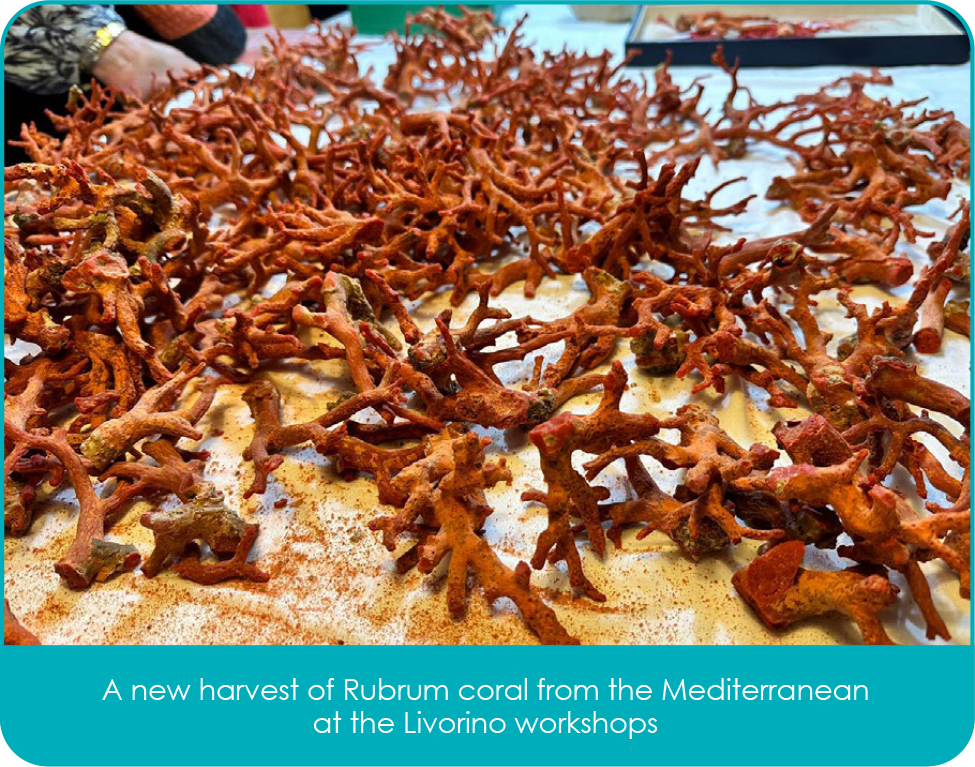
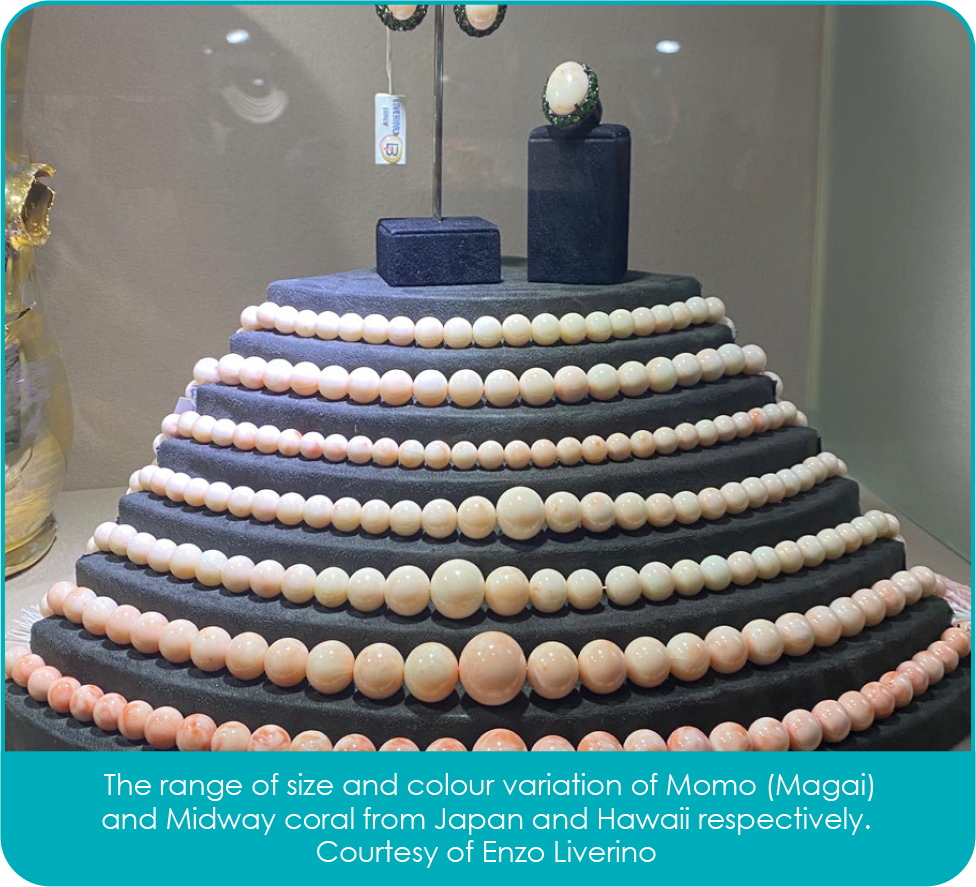
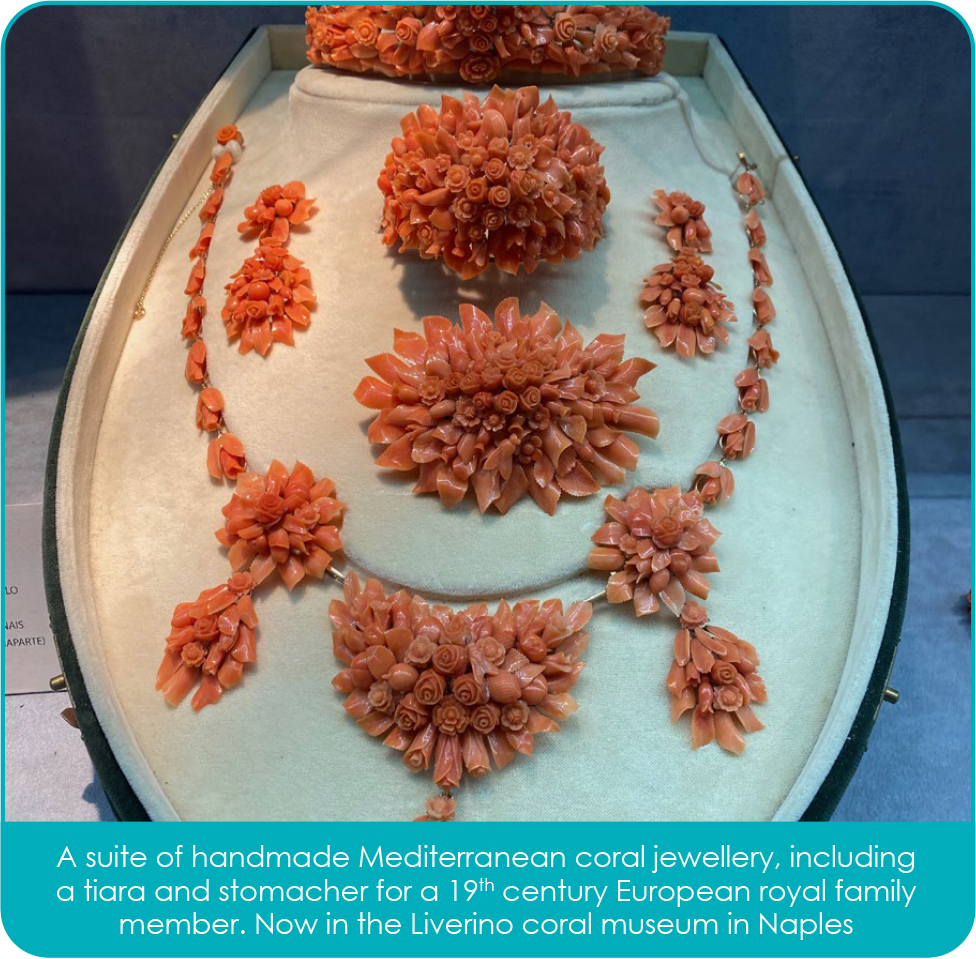
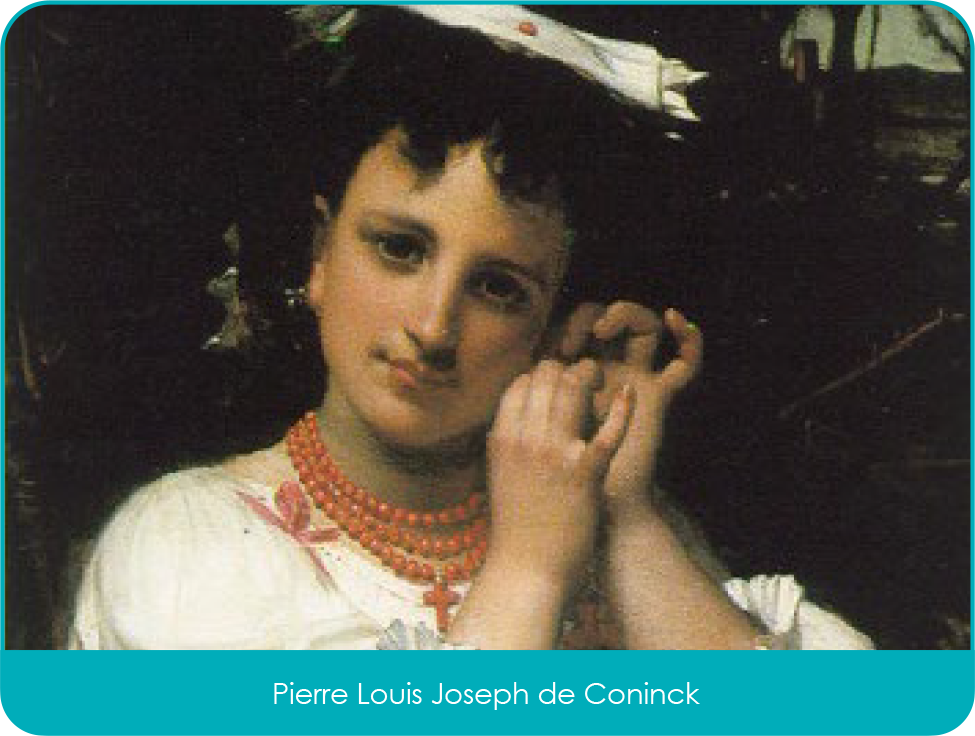
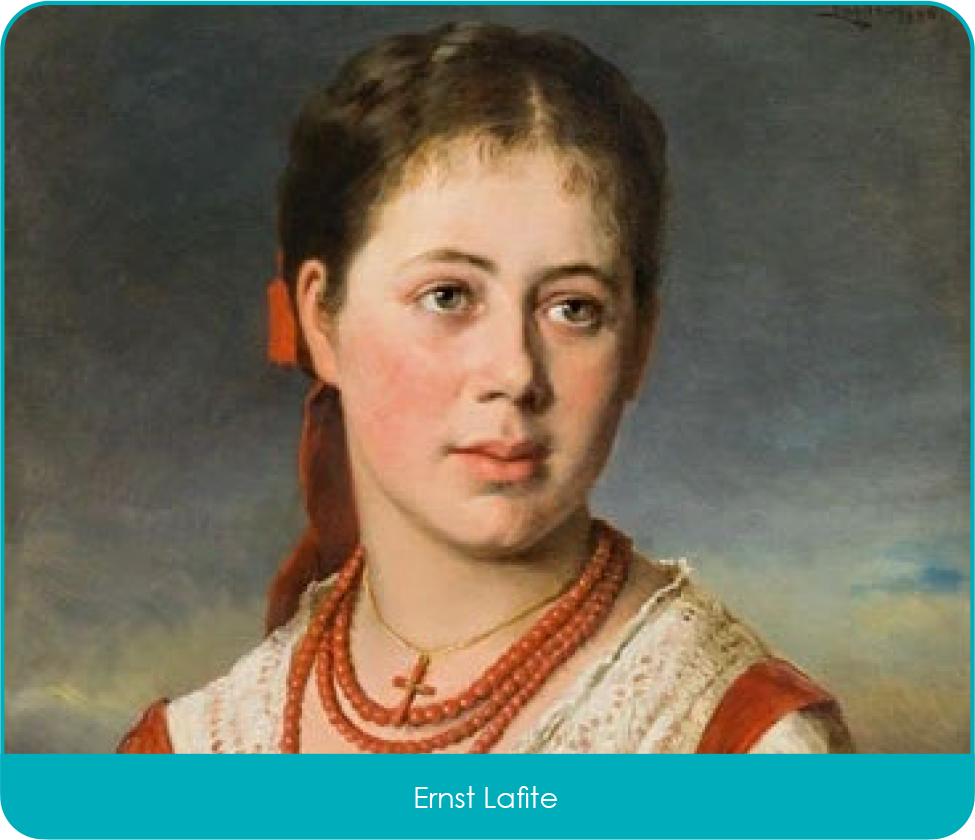
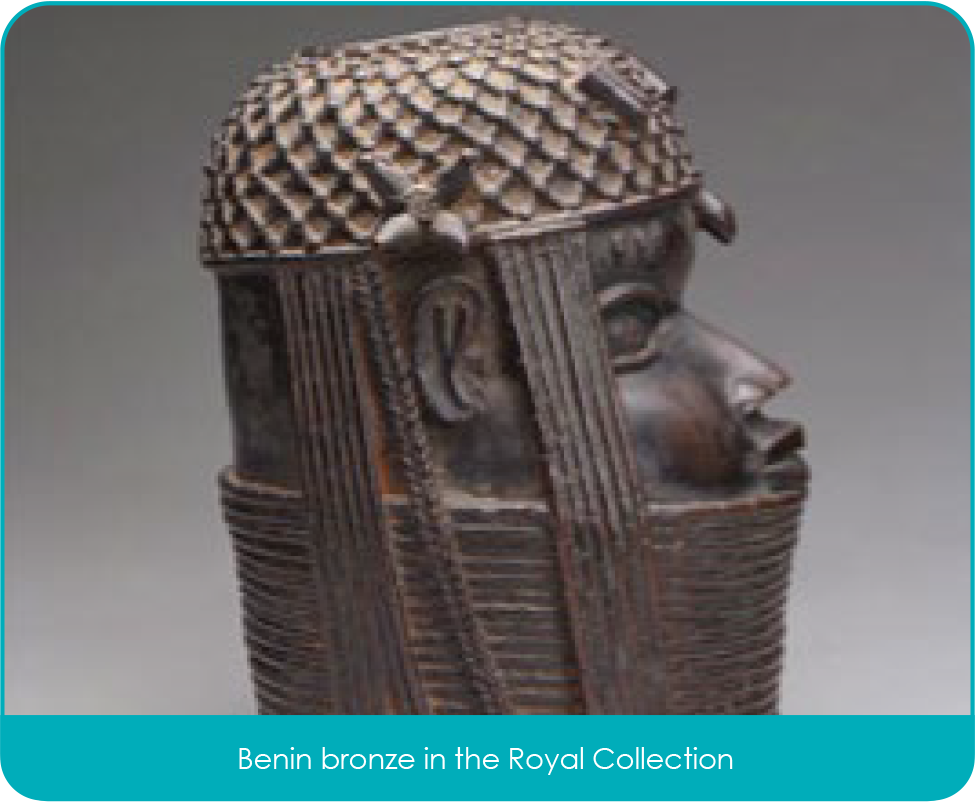

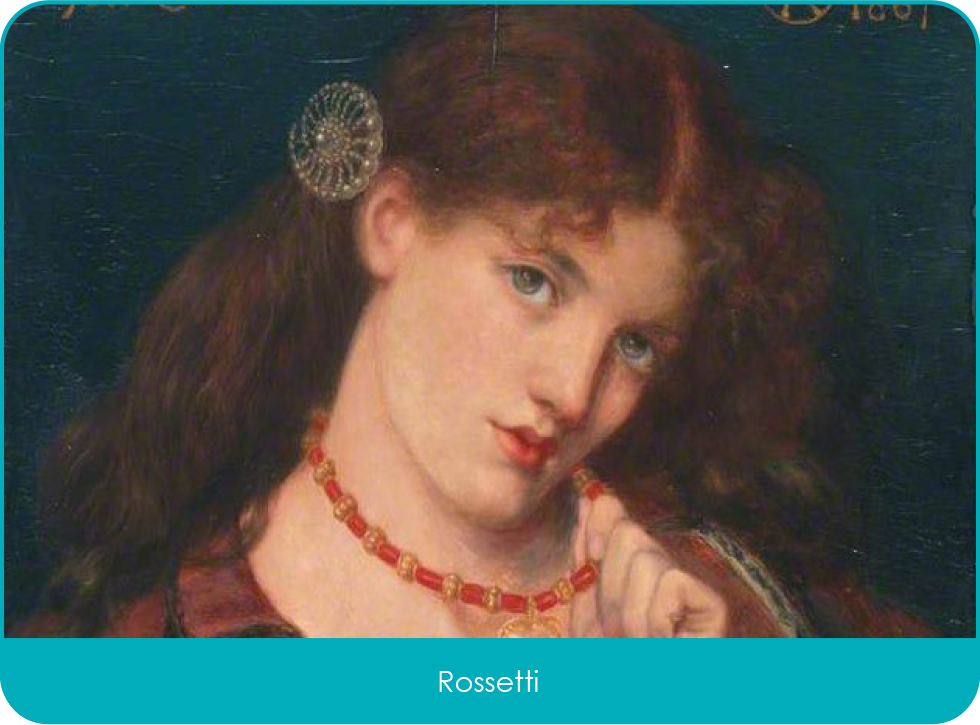
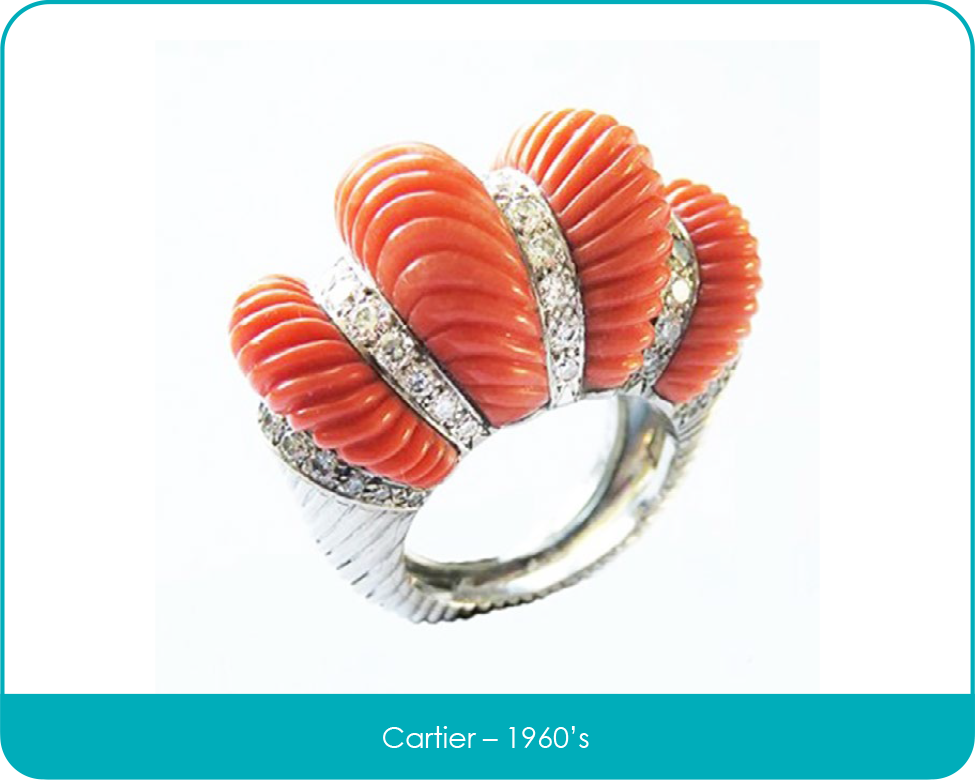
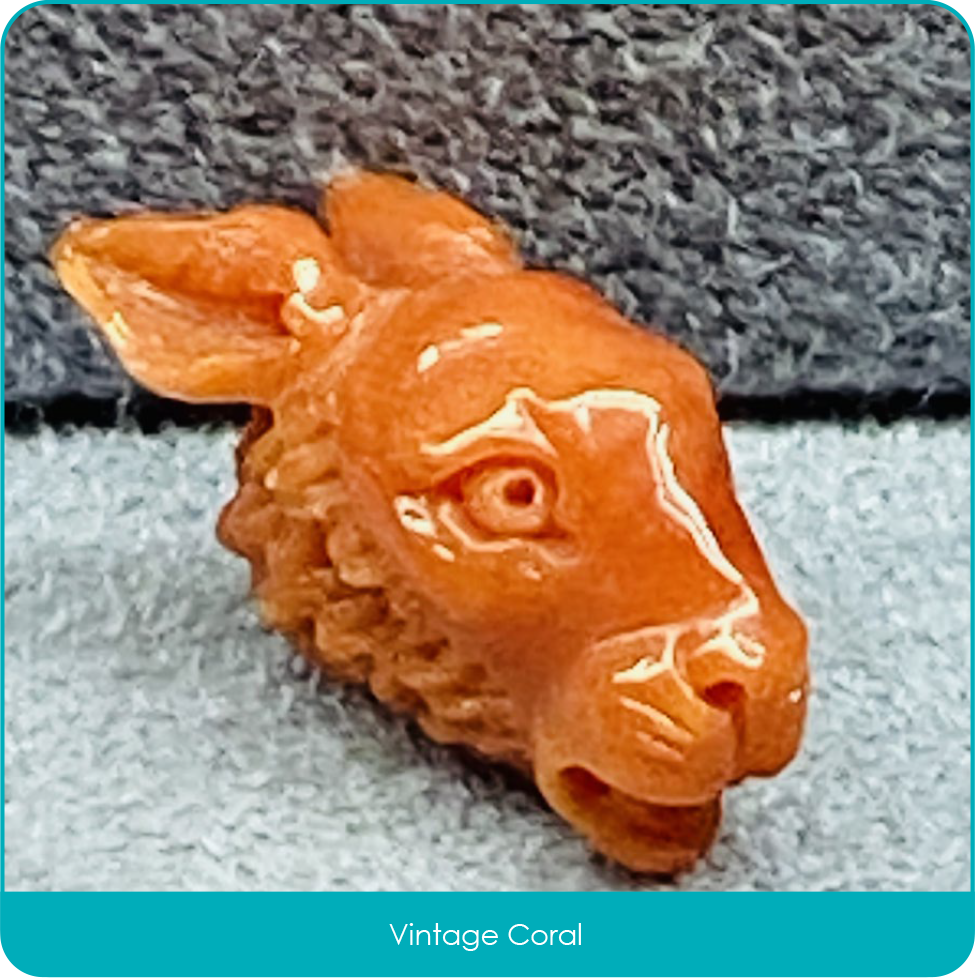

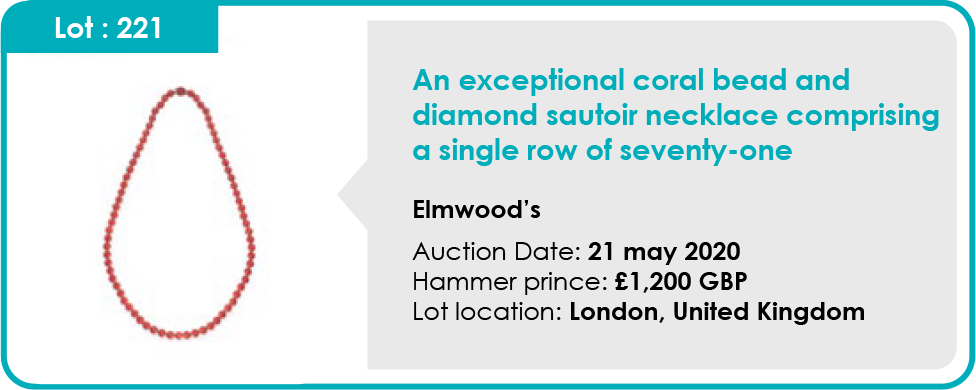



 In the mid-15th Century cutters designed the table cut diamond, they used the same polishing methods and simply removed the top point of the octahedral shape to produce a table.
In the mid-15th Century cutters designed the table cut diamond, they used the same polishing methods and simply removed the top point of the octahedral shape to produce a table.








 After developing and perfecting table and rose cuts, European cutters started to experiment with new cuts and styles. Cardinal Jules Mazarin requested that cutters in Europe designed a faceted diamond. The result was a cushion shaped diamond with 34 facets called the Mazarin cut, also known as the double cut.
After developing and perfecting table and rose cuts, European cutters started to experiment with new cuts and styles. Cardinal Jules Mazarin requested that cutters in Europe designed a faceted diamond. The result was a cushion shaped diamond with 34 facets called the Mazarin cut, also known as the double cut.
 The mid-17th century saw the introduction of the single cuts. Like the point and table cut, the single cut resembled the shape of the octahedral rough. It also displayed more potential for brilliance than the table cut because it had more facets. This cut served as the basis for the modern brilliant cut and even today, the single cut is still used on smaller diamonds.
The mid-17th century saw the introduction of the single cuts. Like the point and table cut, the single cut resembled the shape of the octahedral rough. It also displayed more potential for brilliance than the table cut because it had more facets. This cut served as the basis for the modern brilliant cut and even today, the single cut is still used on smaller diamonds.
 The new rough from Brazil was used to create the first old mine cut also known as the Peruzzi Cut; this has the same number of facets as the round brilliant, but with a high pavilion it resembles a cushion shape. In 1750, a London jeweller called the new style of cut a passing fad and said the classic rose cut would outlast them all.
The new rough from Brazil was used to create the first old mine cut also known as the Peruzzi Cut; this has the same number of facets as the round brilliant, but with a high pavilion it resembles a cushion shape. In 1750, a London jeweller called the new style of cut a passing fad and said the classic rose cut would outlast them all.










